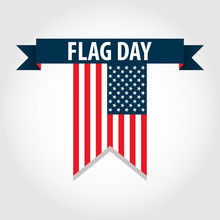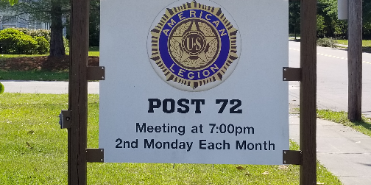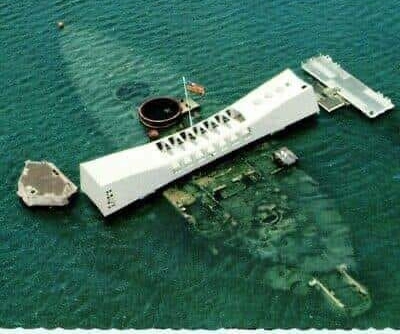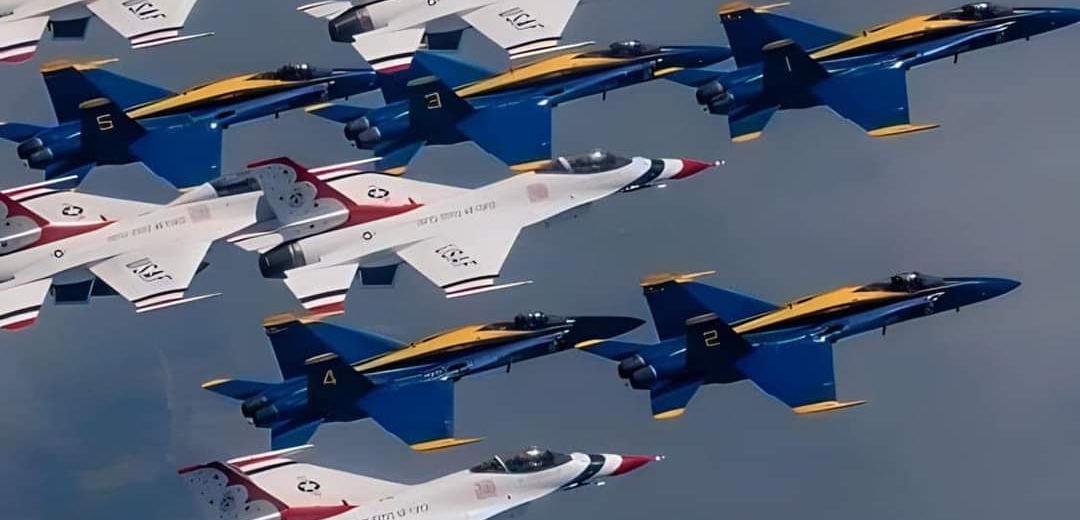A Flag Day Tribute to Our Flag - 2022

The relationship between America’s veterans and the flag under which they served is older than the Republic itself. Long before the creation of the first Stars and Stripes ensign, the soldiers and sailors of the pre-Revolution would sometimes display the “Grand Union Flag” featuring the likeness of a small British flag in the upper corner, with the traditional red and white stripes on the outside.
Legendary naval officer John Paul Jones is believed to have flown the Grand Union as early as 1775, almost four years before famously uttering “I have not yet begun to fight!”
As historians continue to debate whether Betsy Ross designed the original Stars and Stripes, her devotion to the patriot movement was unquestioned. The seamstress, who lost a husband to a British prison after he was captured at sea, is widely credited with convincing George Washington that the flag could be more easily produced through the use of five-pointed stars rather than the more commonly used six-pointed versions.
While the number and placement of stars would change over the years, the esteem America’s veterans would hold for the nation’s symbol remained steadfast. 3 It is fitting that Flag Day – June 14th – is also the birthday of the U.S. Army. General H. Norman Schwarzkopf, the commander of coalition forces during the Gulf War, spoke for many of his soldiers when he shared his thoughts on Old Glory. “The American Flag,” he said, “far from being a mere symbol or a piece of cloth, is an embodiment of our hopes, freedom and unity.”
That sentiment was also shared much earlier in American history by a man with a far different background. William H. Carney was a 23-year-old ex-slave with the 54th Massachusetts Infantry Regiment in 1863. He epitomized bravery and loyalty to the flag. After his unit’s colors-bearer was shot in the Battle of Fort Wagner, Sergeant Carney retrieved the flag. He splashed through waist deep water on the South Carolina shores and continued to clutch the flag even after being repeatedly shot. “No one but a member of the 54th will ever carry these colors,” Carney said. His actions led to him becoming the first Black American to receive the Medal of Honor. Sergeant Carney understood that the flag of the United States not only symbolized what our country is – but more importantly, what it could be.
During the Civil War, President Lincoln not only insisted that the flag retain all of its stars, despite the secession, it would add two more to signify the new states of West Virginia and Nevada.
Optimism is common among America’s patriots. World War I combat veteran Alvin M. Owsley was elected national commander of The American Legion in 1922. He, too, had a futuristic view of Old Glory. “Other flags mean a glorious past, this flag a glorious future,” Owsley said. “It is not so much the flag of our fathers as it is the flag of our children, and of all children’s children yet unborn. It is the flag of tomorrow. It is the flag of yourself and of all your neighbors.”
While many arriving immigrants were inspired by the great Lady in the Harbor that embodies Liberty, every one of us gets to see the Stars and Stripes displayed outside of homes, in schools and in front of businesses every day. It is tradition for many Americans to display the flag on patriotic holidays. The traditions of the United States also include helping our neighbors. They include providing shelter from storms, protection from tyrants and a commitment to freedom.
From Korea to Kuwait, Americans have put their lives and limbs on the line to defend and protect those in need. Our traditions are proudly displayed when we rise for the national anthem before a sporting event, celebrate Independence Day and cheer for marchers at a Veterans Day parade.
Our faith is often passed on by tradition. It is common for Americans to share the same religion as their parents and grandparents. But whether someone is Christian, Jewish, Muslim, some other faith or of no faith, it is important that we have the freedom to choose our beliefs – a freedom enshrined in our Constitution and symbolized by our flag. The values embodied by our flag are mirrored by The American Legion’s commitment to “promote peace and good will on earth, to safeguard and transmit to posterity the principles of justice, freedom and democracy; to consecrate and sanctify our comradeship by our devotion to mutual helpfulness.”
The American Flag fulfills many roles. Old Glory can be an educator, unifier or symbol of strength. It is a marker of U.S. property and protectively flies over American ships. It has been placed on the moon and in the fields of battle. Few images, however, capture more emotion than the flag acting as a blanket of freedom over the casket of a fallen veteran. It serves as a reminder of sacrifice and service. Folded afterward with military precision into a triangle, it is often encased and displayed prominently as a treasured keepsake by the next of kin.
On Flag Day in 1923, representatives of The American Legion and 68 other patriotic, fraternal, civic and military organizations gathered at Memorial Continental Hall in Washington for the purpose of drafting a code of flag etiquette. Their work was enormously successful, with the code still being used today. Teddy Roosevelt, Junior, a founder of The American Legion, was at that conference and described what Old Glory meant to him. “The flag,” he said, “personifies that ideal of service and so long as we can keep the flag properly honored and respected in the minds of all people, just as long as we will keep them with the idea of putting something into the country, doing something for the country, and when the flag fails to be honored and respected by our people, then the ideal will fail, then the country will fall.”
Ladies and gentlemen, nearly one hundred years later it is up to us to ensure that the ideal of which Roosevelt spoke not only succeeds but flies as high as Old Glory itself. Long may she wave! Thank you for being here. God bless you; God bless the flag of the United States and God bless America!
The American Legion National Headquarters Media & Communications P.O. Box 1055 Indianapolis, IN 46206 (317) 630-1298 pr@legion.org
Ladies and gentlemen, nearly one hundred years later it is up to us to ensure that the ideal of which Roosevelt spoke not only succeeds but flies as high as Old Glory itself. Long may she wave! Thank you for being here. God bless you; God bless the flag of the United States and God bless America!
The American Legion National Headquarters Media & Communications P.O. Box 1055 Indianapolis, IN 46206
(317) 630-1298 pr@legion.org



